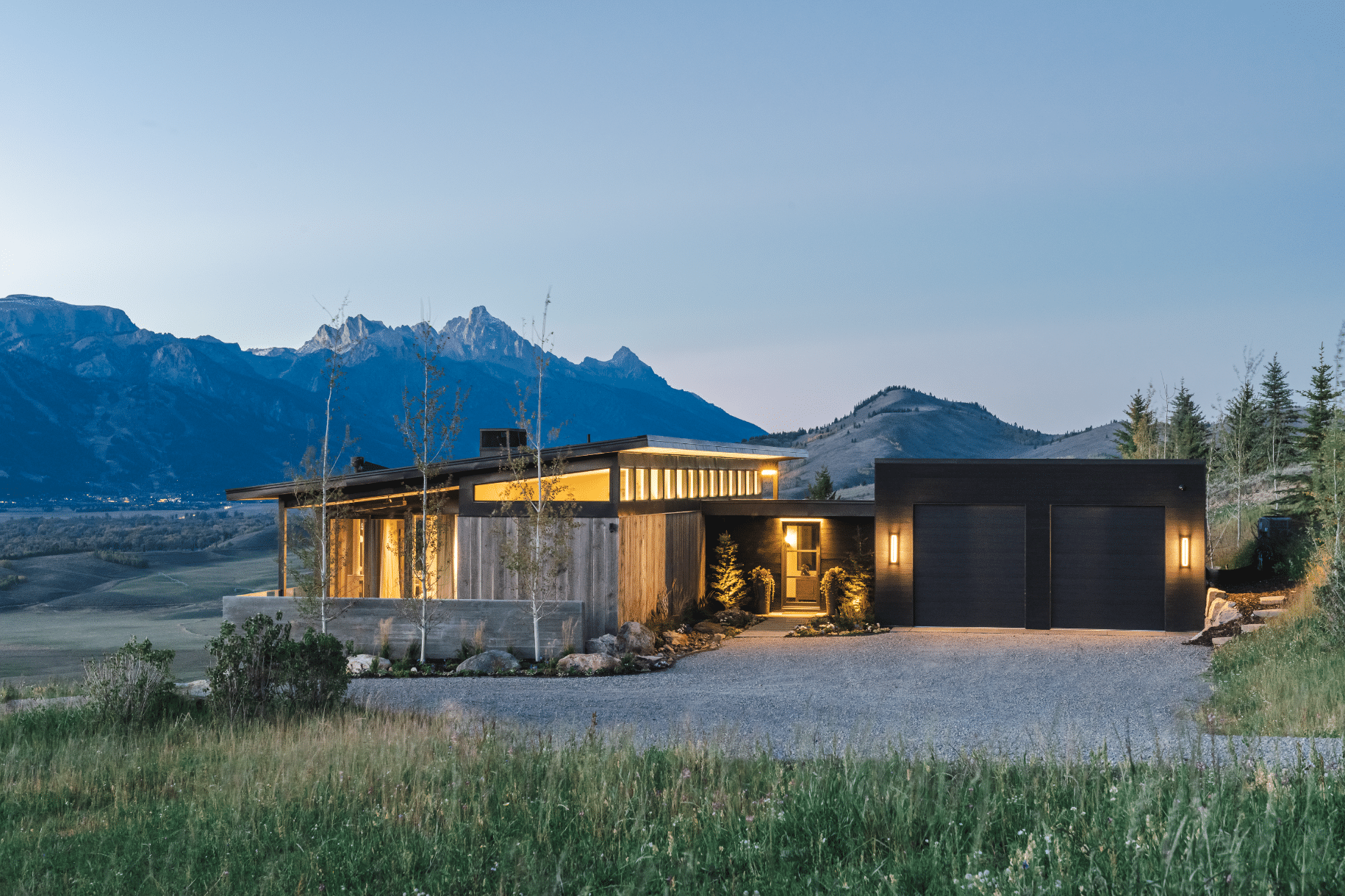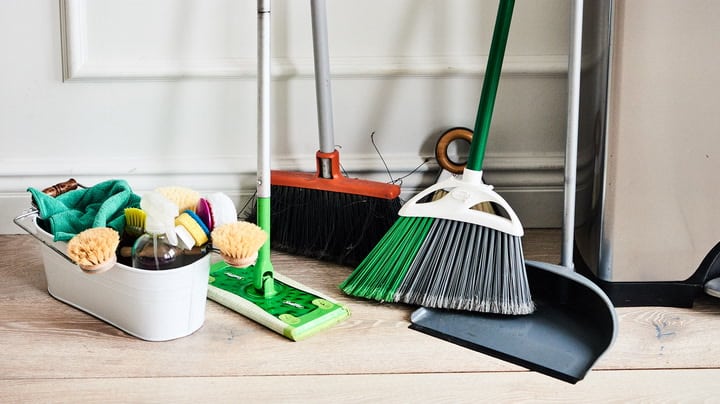Roof Maintenance 101: Tips for Extending the Lifespan of Your Roof
Your roof is one of the most important (if not the most important) parts of your home, protecting you and your belongings from the elements. But as long-term homeowners know, it also requires regular care and attention to keep it in good shape and prevent costly repairs or replacements. Here are some tips for extending the lifespan of your roof, based on years of experience in the building and engineering industry.
Inspect your roof at least once a year, preferably in the autumn/fall before winter weather sets in. Look for signs of damage, such as loose or missing shingles, cracked or worn flashing, moss or algae growth, rust or corrosion, and sagging or buckling areas. If you notice any problems at all, either contact a professional roofer as soon as possible to fix them before they worsen, or, if they’re very minor, make a note to check them in the coming months.
Clean your gutters and downspouts regularly, especially after storms or heavy rains. Clogged gutters can cause water to back up under your shingles and damage your roof deck, fascia, and soffit. They can also overflow and stain your siding or brick. Use a ladder, gloves, and a hose to remove leaves, twigs, and other debris from your gutters and downspouts. Make sure they are securely attached and direct water away from your foundation. Obviously be aware that if your roof gets a lot of debris from trees and bushes, you’ll have to clean your gutters more often.
Trim any overhanging branches that are rubbing against your roof or dropping leaves or needles on it. Tree limbs can scratch or puncture your shingles, create shady areas that encourage moss or algae growth, and pose a hazard during high winds or storms. Cut back any branches that are within six feet of your roof, using a pole saw or hiring a tree service if necessary.
Re-caulk any areas where the flashing around your plumbing vents, chimneys, skylights, or other roof penetrations is loose, cracked, or rusty. Flashing is designed to seal the gaps between your roof and these features, preventing water from seeping in. If the caulking is deteriorated, water can leak into your attic or walls and cause mold, rot, or structural damage. Use a high-quality roofing caulk to reseal any gaps or cracks in the flashing.
Check the insulation in your attic and make sure it is adequate and evenly distributed. Insulation helps regulate the temperature in your home and prevents heat loss through your roof. It also prevents condensation from forming on the underside of your roof deck, which can lead to wood decay and ice dams. The recommended amount of insulation varies depending on your climate zone and type of roof, but generally you should aim for an R-value of at least 30.
Hire a professional roofer to clean your roof every few years using a soft wash method that does not damage your shingles. A clean roof not only looks better but also performs better by reflecting more sunlight and reducing heat absorption. Cleaning your roof can also remove harmful moss or algae that can shorten its lifespan by eroding the granules on your shingles. A professional roofer can use a biodegradable solution that kills moss or algae without harming your plants or pets.
Check the condition of your roof purlins regularly. Roof purlins are horizontal beams that support the roof deck and transfer the load to the primary roof framing. They can be made of wood or steel, depending on the type of roof you have. Roof purlins can deteriorate over time due to moisture, insects, fire, or corrosion. If you notice any signs of damage, such as cracks, splits, warping, bending, or rusting, you should replace them as soon as possible to avoid compromising the stability of your roof structure.
By following these tips, you can extend the lifespan of your roof and save money on repairs or replacements in the long run. Remember that prevention is better than cure when it comes to roof maintenance. A well-maintained roof will serve you well for years to come.







